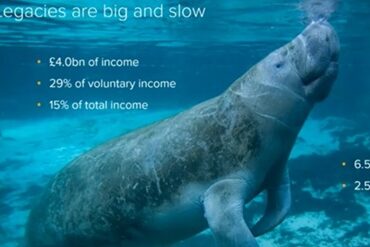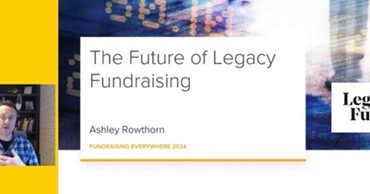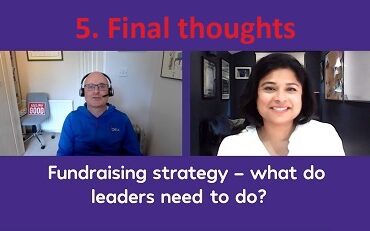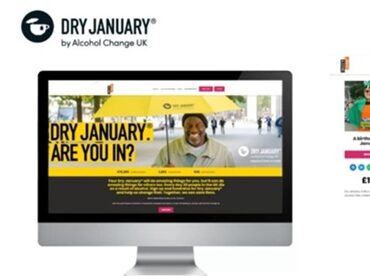
Guest blog: 3 tips for getting buy-in from your supporters
I was delighted to present with Lizzi Hollis recently on getting buy-in from your charity's stakeholders, supporters and colleagues. In this guest blog, Lizzi sets out some thoughts on how to get and keep your supporters on board.
Our charities can’t function without the support of our donors. But are we doing all the right things to ensure that we are engaging them initially and, in the future, to encourage them to continue supporting us? Here are three ways you can gain buy in from your supporters:
Nail your comms
The way you communicate with your donors is key to
getting their buy in and keeping their support. If they can’t connect with your organisation, they won’t be interested in supporting you now or in the future. Your comms
should reflect your key audience and most important messages. You should make
sure you research your donor demographics, in whatever income stream you're
responsible for so that you can make the way you communicate feel personal,
even if it's on a mass scale.
A great example of a charity who do this really well
are CoppaFeel. As a breast cancer
charity focussed on getting younger women to check their breasts, their comms are squarely centered
around a female millennial audience. They reflect brands, trends and memes that
are popular among this age group and have a great mix of seriousness and light
heartedness.
Demonstrate tangible impact
Donors
want to see how their money is sp




